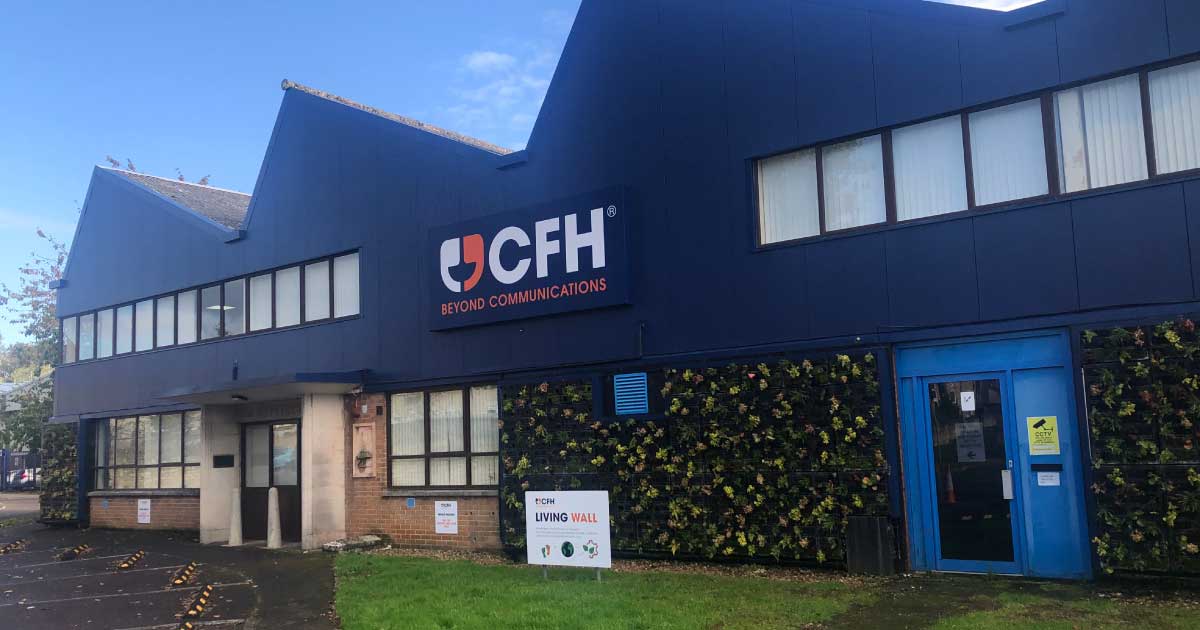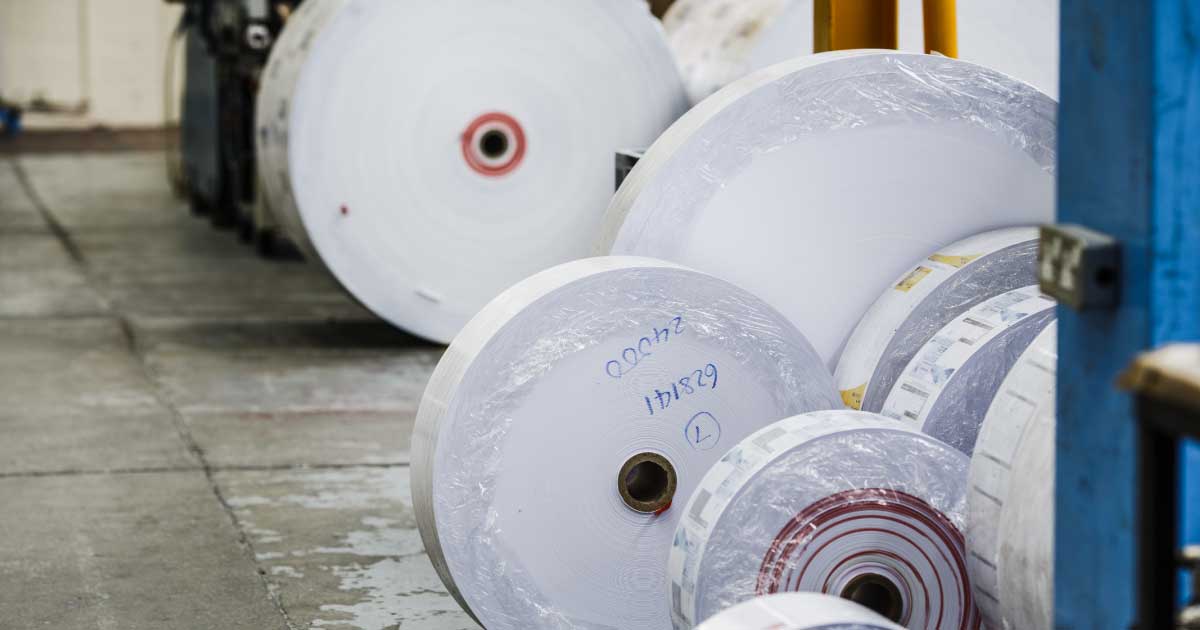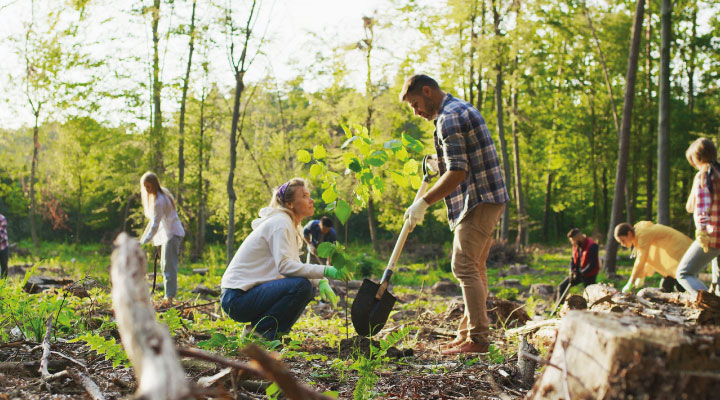Since we started in the 1970s, we’ve always had the environment at the forefront of our decision-making. We’ve always understood our impact on the planet but, in recent years, the world has seen just how acute the challenge is. That’s why we continue to accelerate our plans, constantly finding new ways to reduce our impact and protect our planet.
Supplying our valued customers with the communications they require is important, but safeguarding the planet is important too. For us, it’s all about finding a way to achieve both goals at once.
Across our operations, our passion for protecting the planet is so ingrained that it has become second nature. But with increased awareness of sustainability and greenwashing becoming a hot topic, we can do more to share the initiatives we have in place.
Everything we do is underpinned by clear environmental policies, all designed to reduce our impact. All our initiatives are part of our ongoing commitment, managed through certification to ISO 14001 Environmental Management System, which we’ve held since 2010.
To spearhead these initiatives, we have a dedicated director and a continuous improvement team. As a result, we can consistently perform in line with our policies – and explore new ways to go even further.
Here are just a few of the ways we think, act and make decisions responsibly.
Under our Quality and Environment Policy, we work to reduce waste by committing to good business practice. We’re also careful about how we use resources. And we seek continual improvement with structured objectives and targets.
Reducing our waste means understanding what we use, when, and why. This forms a foundation for us to uncover opportunities to reuse waste wherever possible.
Our waste hierarchy helps us understand the waste streams throughout our business, as well as setting reduction targets every year following management reviews.
We re-use waste in-house, including:
Reel cores
Cardboard boxes
Machine oil
Cleaning rags
Once this waste reaches the end of its lifecycle, it’s recycled or recovered.
Any waste we generate that we can’t re-use in-house is sorted to be recycled or recovered by licensed waste handlers.
We’ve almost completely eliminated waste sent to landfill. All our general waste is sorted and recycled, with any remainder sent to a specialist company who extract useful materials (like metals and plastic) for re-use, while incinerating additional waste to create energy.
These energy-from-waste facilities are already powering homes and businesses across the country - it’s a great way to know our non-recyclable waste is doing some good out in the world.
A small percentage of non-recycled waste is disposed of at landfill sites. But even here, the gas created by the waste as it breaks down can be used to generate power.
In our factories, offcuts of paper are sucked up by our paper trim extraction systems, which then feed directly into bulk containers.
These containers are then collected by an approved, licensed waste handler for recycling alongside or other paper waste.
Traditional ink is made from petroleum using a form of crude oil. Printing on such a big scale, we’re acutely aware of how continuing to use petroleum inks could affect the world around us.
At CFH, we widely use vegetable inks across all our printing. These inks are made from vegetable oils and are sustainably sourced - significantly less harmful to the planet.
On the roof of our Radstock factory in Somerset, we run 400 kW solar roof panels. During the middle of the day on sunny summer days, these provide all the electricity required to run our site. Each year, the system provides 10-15% of our total electricity use.
Since installation, we’ve produced 2,244,700 kW hr electricity, reducing our CO2 emissions by 872,772 kg.
That’s equivalent to planting 2,996 trees and powering 6,497,721 light bulbs for a day.
We also measure our Carbon footprint as part of the Streamlined Energy and Carbon Reporting requirements, which began two years ago.
From year-end 31st March 2020 to year-end 31st March 2021, we reduced our greenhouse emissions by 915 tonnes of CO2 (e).
There are various paper industry standards designed to ensure paper products come from a sustainable forest source.
At CFH, we hold the Forest Stewardship Council (FSC) certification, which is endorsed by WWF and the Woodland trust.
Products made with wood and paper from FSC forests are marked with their ‘tick tree’ logo. When you see this logo, you can be confident that the world’s forests were not harmed in their creation.
We’re proud of our long history of responsibility and taking our environmental obligations seriously. But there’s always more we can do.
We operate using continuous programmes of process improvement, from using the latest technologies to ensuring production efficiency. We’re continually learning, improving, and evolving, so our initiatives lead our industry by example.
If you’re looking to send environmentally friendly communications, we’re here to help. Get in touch today.







